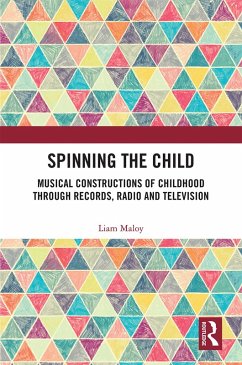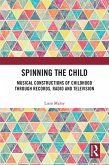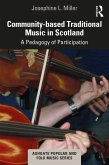Dieser Download kann aus rechtlichen Gründen nur mit Rechnungsadresse in A, B, BG, CY, CZ, D, DK, EW, E, FIN, F, GR, HR, H, IRL, I, LT, L, LR, M, NL, PL, P, R, S, SLO, SK ausgeliefert werden.
Popular Music - Volume 40, Issue 1
"...[a] fascinating study...One of the strengths of this book is the range of sources and methods on which it draws, from investigating artefacts and archives in both the UK and the USA to interviews with artists and others in the present-day children's music industry. Another valuable contribution to the author's argument is made by his musical analysis: how words, melody, rhythm, visuals, and narrative mediate particular themes... Maloy makes a convincing case that music made (mostly by adults) for children projects what they want the child to know (or not to know). Ideologies may 'construct and constrict childhood', but ultimately, he contends, children can create their own response to what they hear."
Josephine L. Miller, Folk Music Journal - Volume 12 Number 2 (2022)









